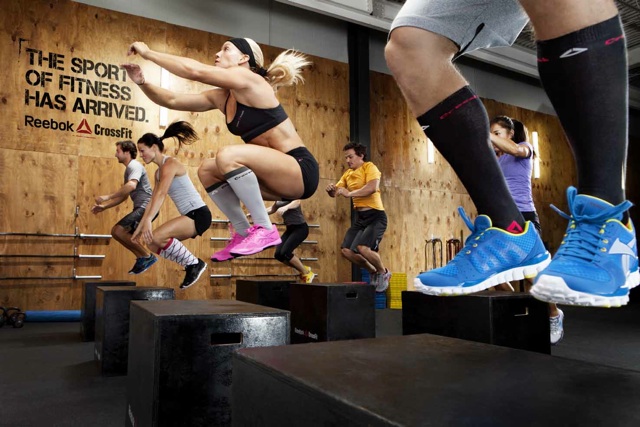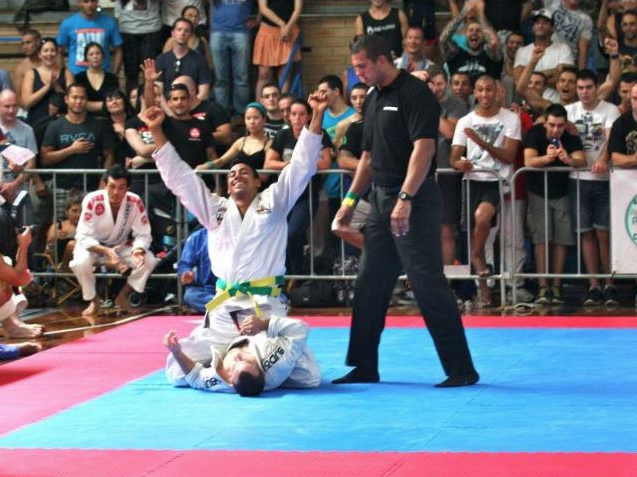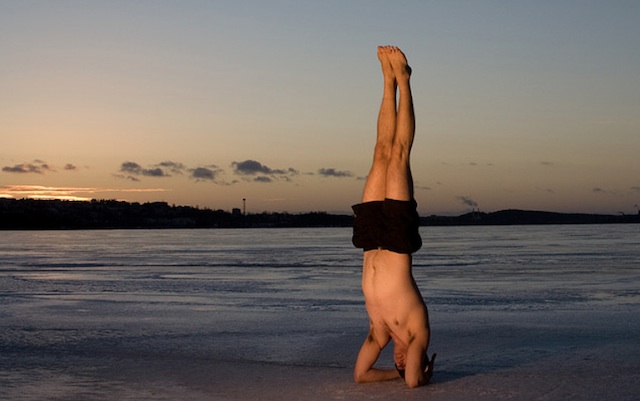
Many of us are left wondering after watching professional basketball players defying gravity with their high jumps, how is that even possible? Impressively high vertical jumps can be achieved with enough training, dedication, and consistency. Improving flexibility, power, and balance, can easily turn your goal of achieving high jumps into a reality. However, many might mistake the extensive training required to achieve this level of professionality is about hitting the gym more or cutting carbs out of their diets. If you want to jump high like an elite athlete, then you must train like one. In order to help you with this goal, here are some effective ways that can train your body to jump higher.
Understanding Your Body
To be able to execute a worthy training program to jump higher, you must first understand how your body works and which muscle groups you’ll have to focus on. The emphasis of training will be on your leg muscles, but you’ll also need to train your body to provide you with the energy needed to leap higher. If you’re a basketball player, improvement in your leg muscles will guarantee you better blocks, dunking, and agility in the court.
Hip Raises
Hip raises are essential for training your hips to generate the explosive power needed when you are taking off from the ground. The drill is quite simple and may seem irrelevant to the untrained eye, but the results will amaze you. First, you’ll need to lay on your back with your face up. Bend your knees while maintaining your feet at hip-width. Have your palms facing downward and resting at your side. Slowly start raising your hips upwards and make sure that your glutes are tightly squeezed. Maintain this position for a little while then slowly begin lowering your hips back. As mentioned on supporthesport.com, you’ll be able to notice that your body is able to go further every time you perform this drill. Once you’ve mastered this drill, add some weight for some extra resistance.
Toe Raises
Toe raises is a drill that’s supposed to train your feet and calf muscles to prepare for the jump. Ignoring this part can significantly decrease the explosive power that you can get from your feet as you jump. Begin by standing with your feet at shoulder-width length apart. Slowly begin rising with your toes and the balls section of your feet. Maintain this position for some time and revert back to the original position. The calf muscles are essential muscles for generating enough force to help you take off the ground. As you master this exercise, try holding a couple of dumbbells to add resistance.
Depth Jump
The drop jump exercise is a necessary exercise that gives your leg the preparation it needs to generate a strong force. Without this exercise, you might find that the height of your vertical leap significantly lacking. It’s recommended to wear sneakers or basketball shoes while doing the exercise to avoid damaging your feet. First, start on top of a box or platform, then take the first step forward off the box. Make sure that you’re landing on the balls of your feet and keep your heel raised. Avoid bending your knee when landing because your legs are supposed to handle the landing shock. Once you touch the ground, immediately jump as high as you can.
Jumping Rope
Jumping rope is a great exercise that won’t only help you jump higher, but improve your overall fitness and durability in the field. It’s a simple exercise that can be easily turned into a habit that you can do anytime and anywhere, whether you’re watching TV or listening to music. When you’re jumping rope, make sure that you’re using your toes to bounce up and also land on them each time, minimizing the use of the rest of your feet. Improving your cardio with jump ropes will go a long way in enhancing your performance.
Squat Jump
Stand with your feet width-length apart and start lowering yourself into the conventional squat position. Maintain a straight back position and keep your knees right above your toes. Make sure you squat properly to the ground, then jump into the air as high as you can. This is an exercise that focuses on targeting all the muscle groups needed in jumping high. You’ll be able to see the results after a few squat jump drills.
Training your body to jump higher is not as easy as many may think. While you may get a few extra inches very early, you’ll need to maintain regular drills and exercises to break through the first plateau. These exercises are simple enough to be performed every day, not to mention that they can be used as a warmup.

















Follow Us